How Japan got its reputation for healthy living and dieting

The Japanese are among the longest-living people on earth, attributed in part to a healthy traditional diet and an incorporation of exercise into their daily routines. With over 2 million people who are aged over 90, we know that Japan must be doing something right when it comes to physical and mindful wellbeing.
To celebrate the launch of Be More Japan, our fascinating journey through the sights, sounds, quirks and wisdom of Japan, we’re looking at how Japan leads the world in healthy living and dieting.
The Traditional Diet
The classic Japanese diet is often seen as one factor that contributes to the nation’s reputation for healthy living and longevity. Typical meals are lean and balanced, consisting of a bowl of rice, miso soup, a piece of meat or fish, with vegetables and green tea. All of these foods combine help to protect the Japanese from obesity, heart disease and many other disorders.

Healthy hearts and good bacteria
The Japanese are major consumers of heart-healthy foods, such as fish, fresh edamame; tofu and fermented nattō - a controversial slimy food made from soybeans, often eaten for breakfast seen as an acquired taste. Nattō is also known for its probiotic tendencies, with good bacteria helping to retain a healthy gut.
A balanced approach to dessert
Japanese desserts tend to be based on fruit or foods containing anko (sweet bean paste), balanced with other ingredients. Popular examples include dorayaki (pancakes balanced through healthy anko or matcha fillings); kanten (a gelatin dessert paired with fresh fruit); and sweet red bean soup and mochi (plain rice cakes).
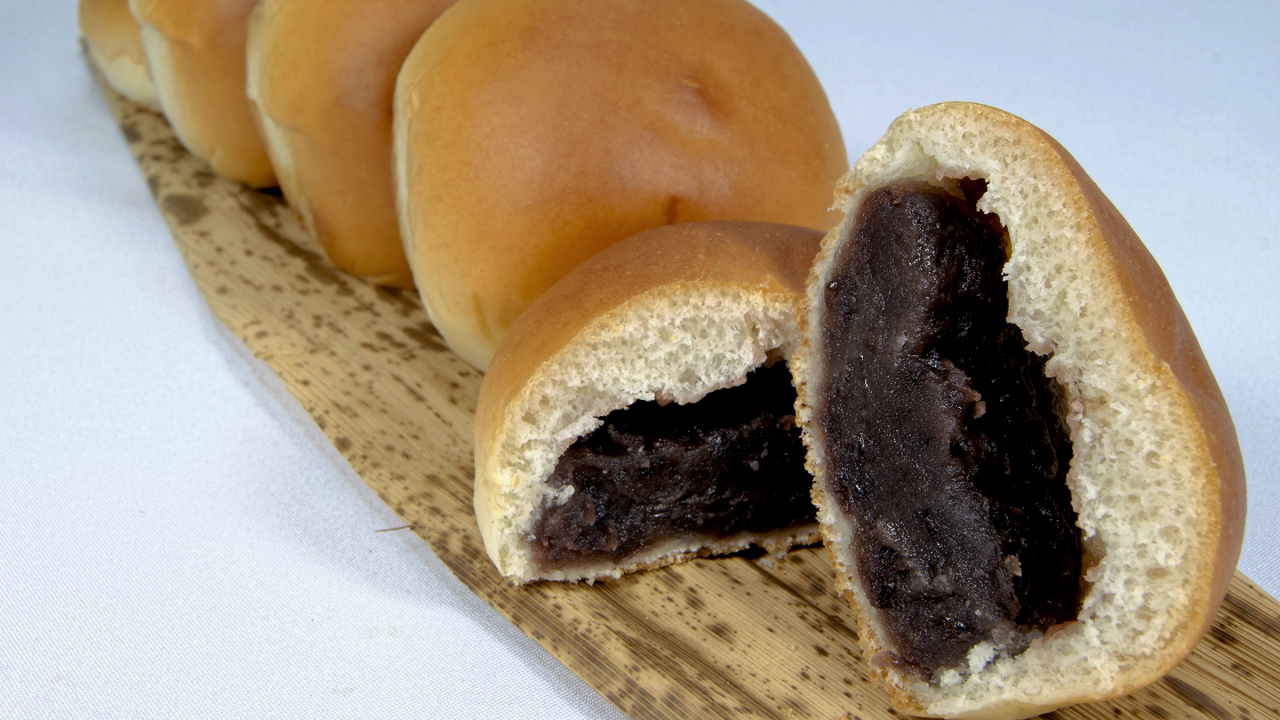
Small plates
The Japanese rarely do single plates piled high with ‘all you can eat’ - as popular elsewhere in the world. Instead they like to encourage ‘mindful eating’ and portion control by eating several small dishes over many plates. Even izakayas, down-to-earth Japanese pubs, are famous for their small plates and measured approach to food.
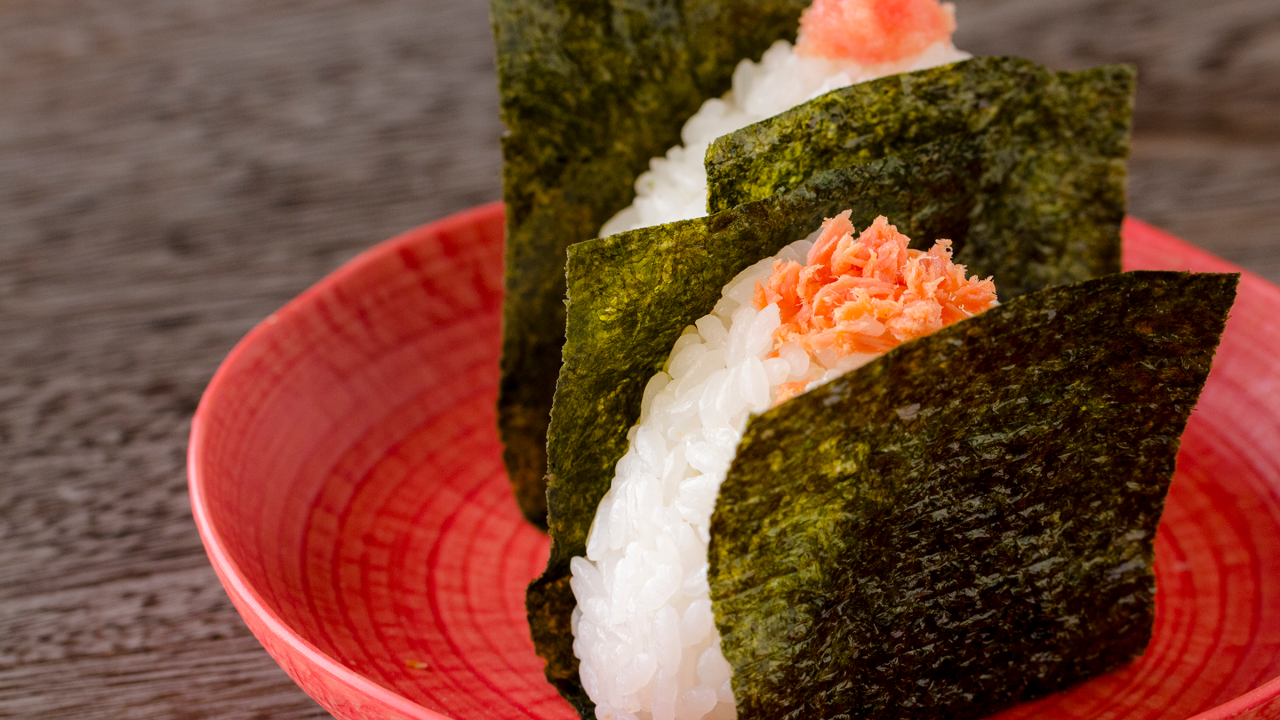
Keeping active
National broadcaster NHK introduced rajio taiso (radio calisthenics) in the 1920s, with the popular programme still going today. For many, that was the start of a Japanese daily routine of early morning workouts, whilst others have updated their approach to fitness as a core part of their daily routine by choosing to walk or cycle their morning commute.
Natural remedies
As well as being able to stimulate blood circulation and metabolism, most onsen (hot springs) are also considered as being beneficial as a treatment for all sorts of ailments - including arthritis, diabetes and neuralgia. There’s even a word - toji (balneotherapy) - for the treatment of health problems by bathing in mineral springs.
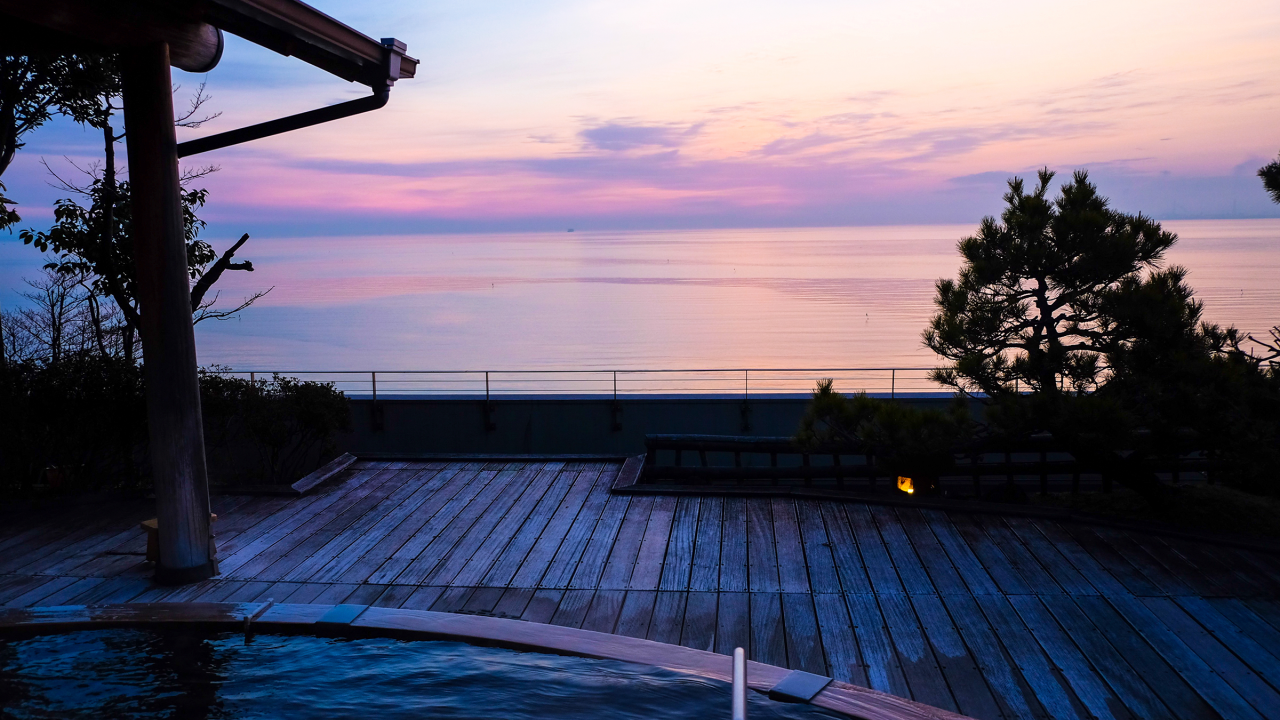
The Okinawan way and ikigai
Although the whole of Japan is famous for its healthy elderly population, those from the Okinawa Prefecture are particularly famous for their ability to live to over 100.
Their diet tends to be plant-based, they have warm temperatures all year round, many fish and farm into their 90s and beyond and their days are underlined with ikigai, the principle of having a reason to get up in the morning. One principle you can adopt from the Okinawans is the rule of hara hachi bu - which means that you stop eating when your belly is 80% full.
Be More Japan
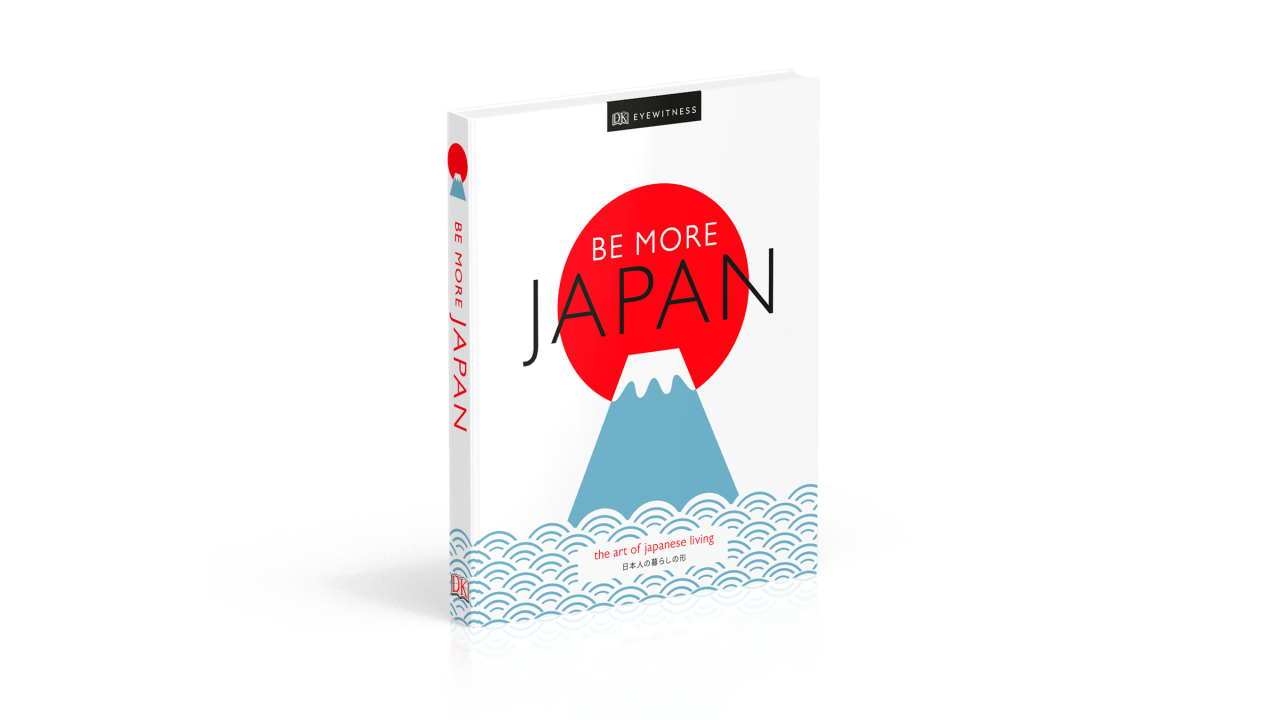
Whether you're dreaming about your first journey, revisiting the trip of a lifetime or simply in love with all things Japan, Be More Japan will transport you to this fascinating country.
Dive into the thrilling and serene world of Shinto monks, street food vendors, anime characters, Okinawan centenarians, technological innovators, J-Pop megastars, ancient philosophers, onsen dwellers and so many more.
There are so many ways to fall in love with Japan. It's home to one of the world's most unique cultures: a perfectly balanced celebration of past traditions; the vibrancy of now and the need to look fearlessly into the future.
From architecture to martial arts; from ramen to robots; kawaii to Kusama; ikigai to ikebana; towering skyscrapers to shrines - Be More Japan uncovers the art and creativity behind modern Japanese living through its kaleidoscope of contrasting places, people and practices.
With beautiful design throughout and with each page alive with facts, history and inspiration, Be More Japan invites you to absorb a little Japanese wisdom into your daily life.
Find out more about Be More Japan here
Read next
11 savoury and sweet Japanese snacks you'll love
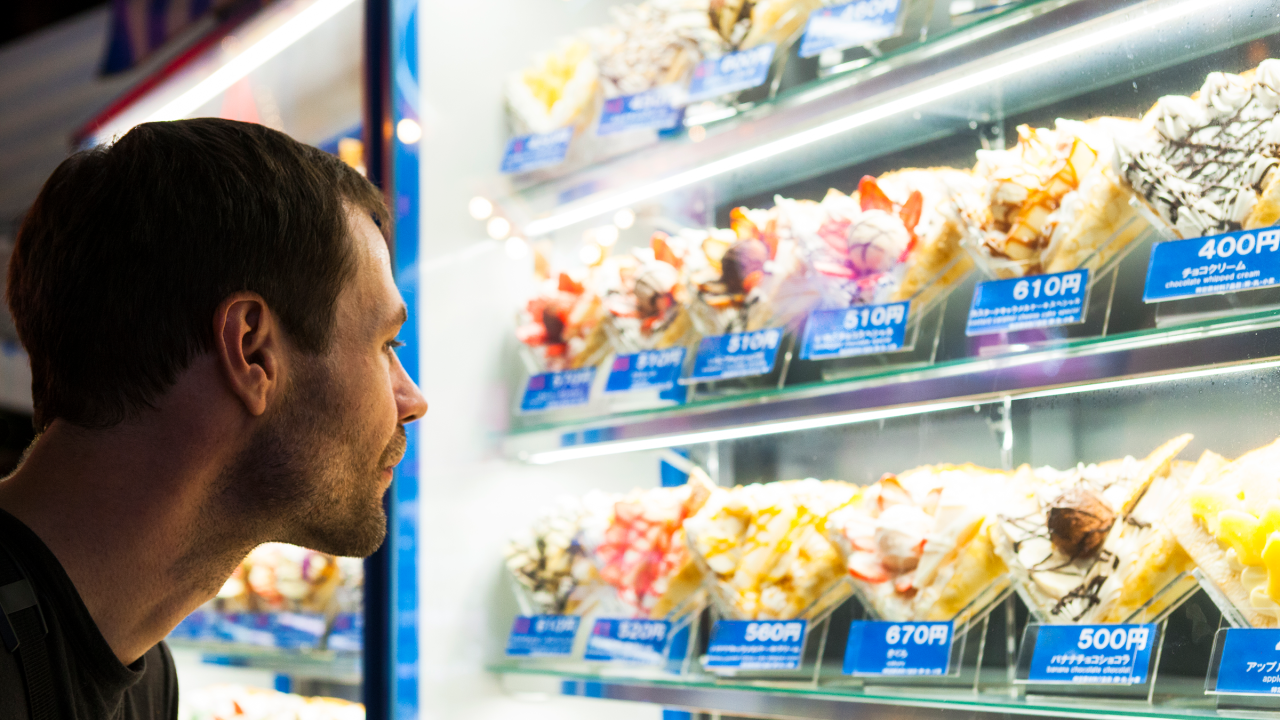
We all know that Japan is home to many unique cultures, practices and foods – but what you may not know is that Japan is also home to some of the world’s best (and strangest) snacks...
Why Japanese whisky is so good
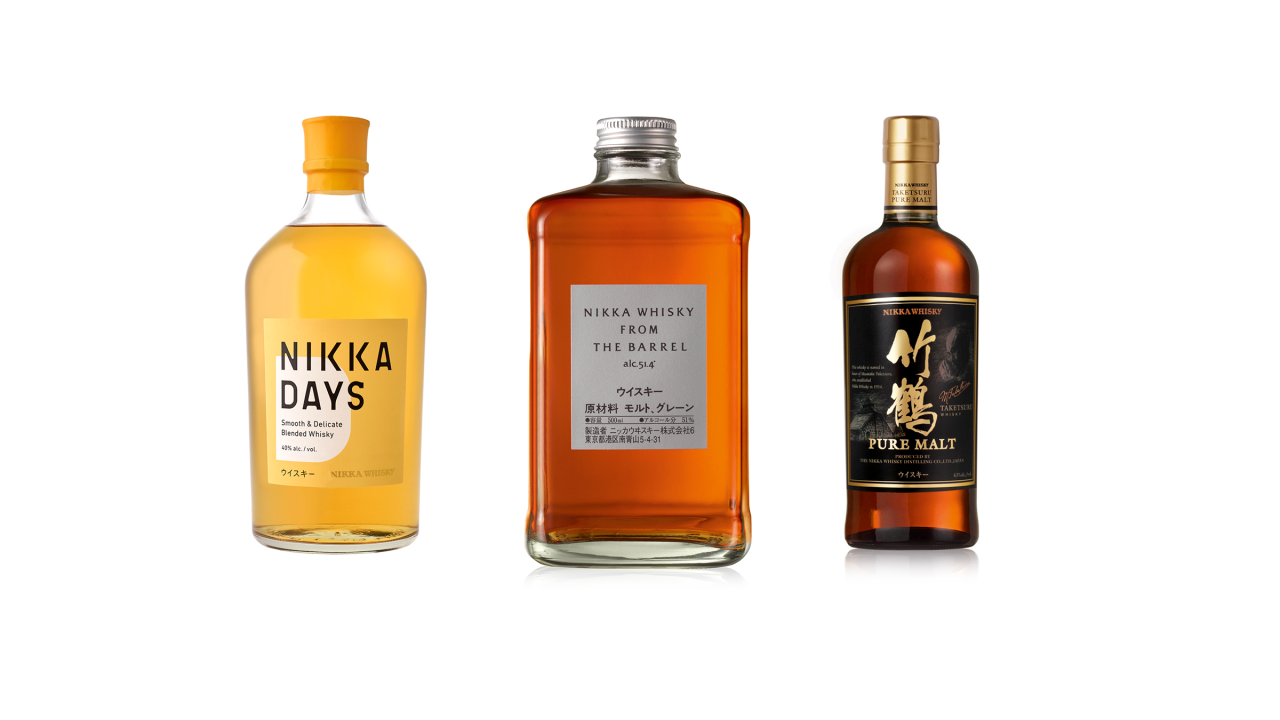
Whisky production is a relatively new craft in Japan, but the country’s distillers have wasted no time in making their mark on the industry. Today heralded as world-class, Japanese whiskies have won countless accolades and praise – not bad going for a country with only a handful of distilleries.
